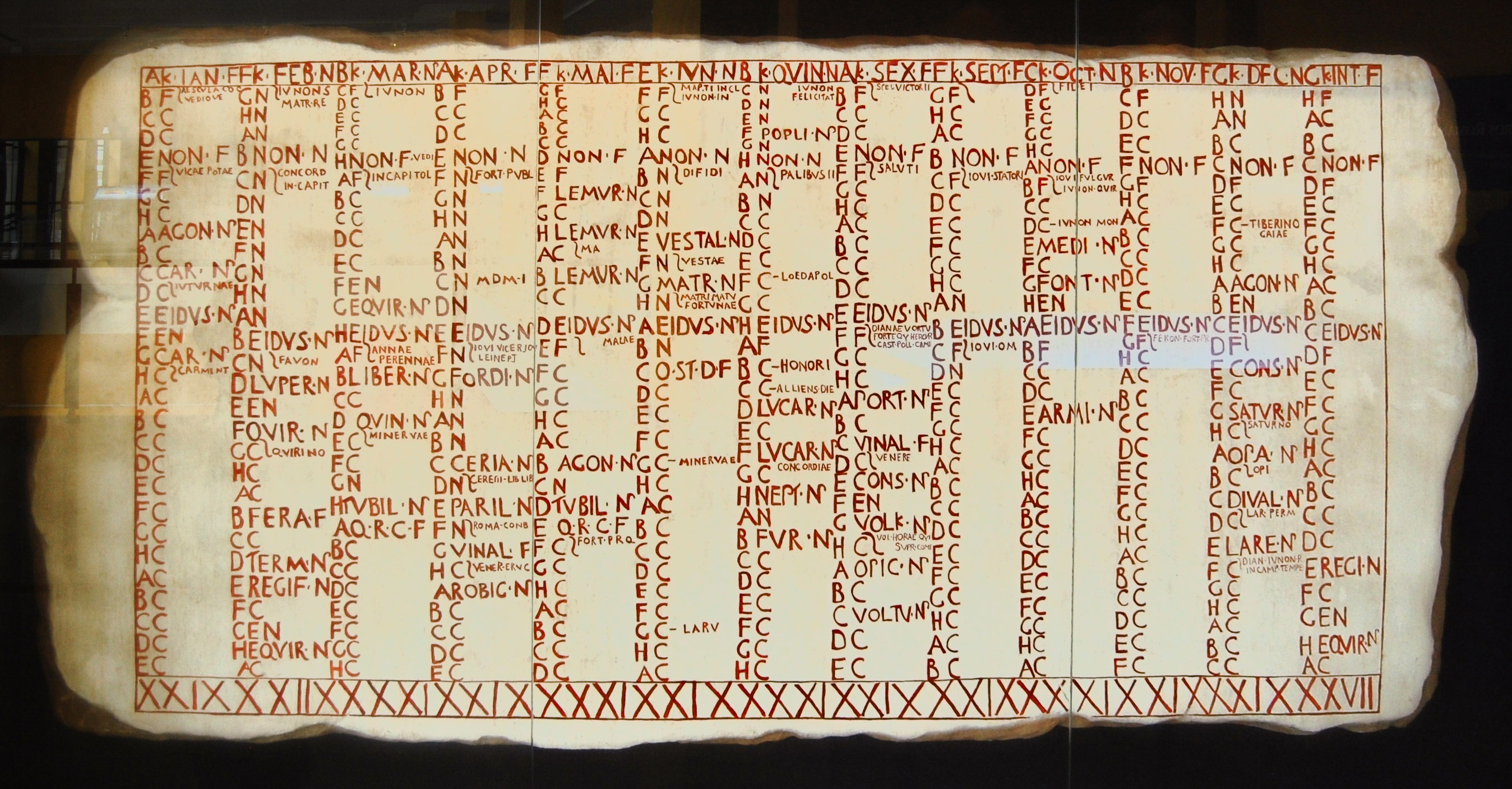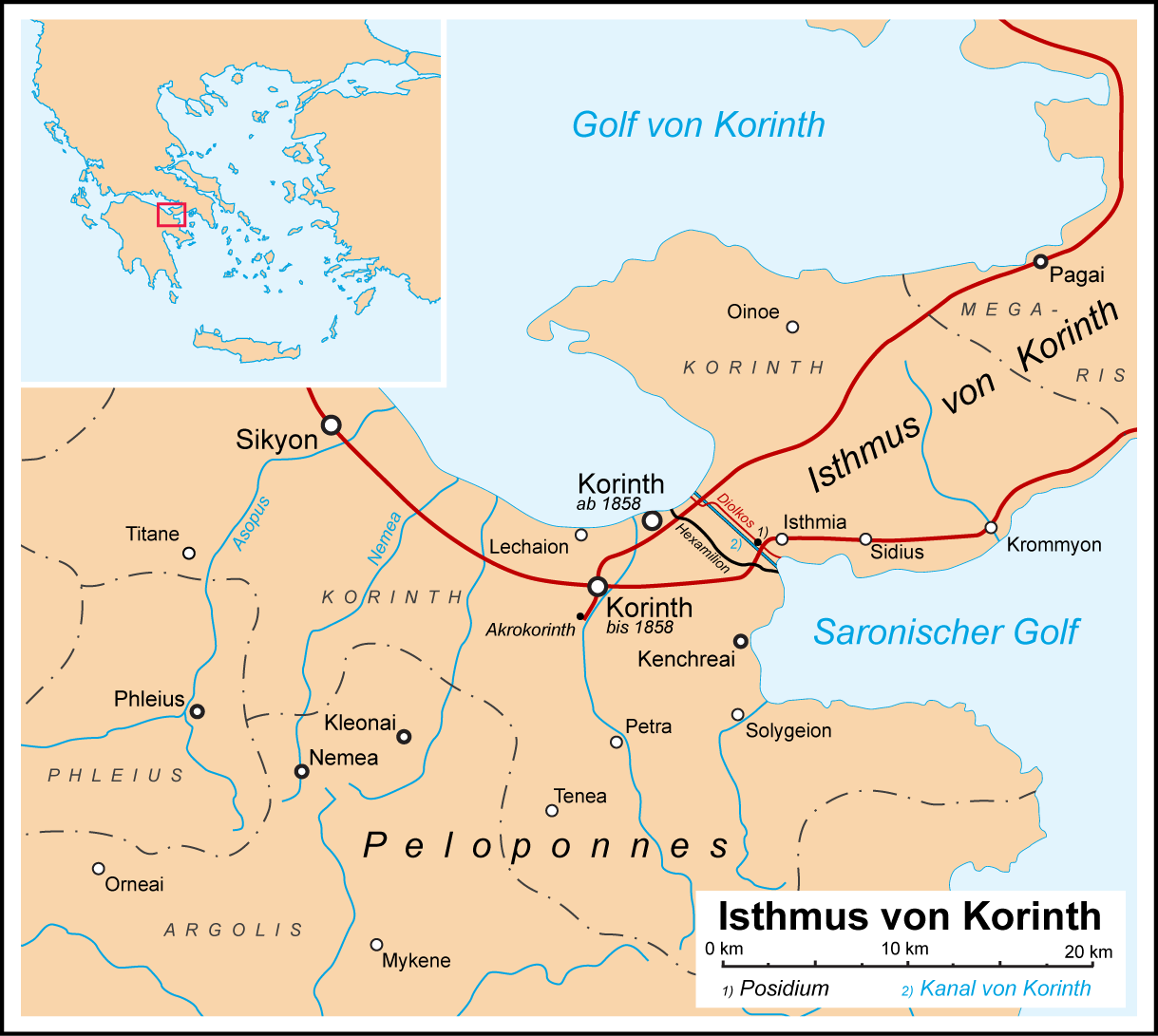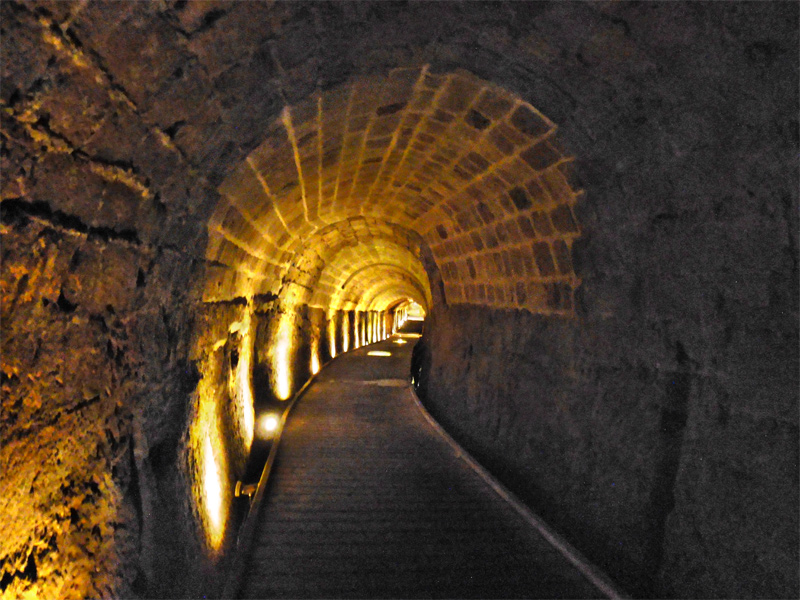|
153 BC
__NOTOC__ Year 153 BC was a year of the pre-Julian Roman calendar. At the time it was known as the Year of the Consulship of Nobilior and Luscus (or, less frequently, year 601 ''Ab urbe condita''). The denomination 153 BC for this year has been used since the early medieval period, when the Anno Domini calendar era became the prevalent method in Europe for naming years. Events By place Roman Republic * The uprisings in Rome's Hispanic provinces oblige the year's consuls to take office earlier than the traditional date of 15 March, a change that becomes permanent. Some suggest that, as a consequence, January 1 becomes the first day of the Roman year. Seleucid Empire * The Seleucid king Demetrius I Soter's relations with Attalus II Philadelphus of Pergamum and Ptolemy VI Philometor of Egypt deteriorate to the point where they support a rival claimant to the Syrian throne, Alexander Balas, who claims to be the son of the former Seleucid king Antiochus IV Epiphanes and, ... [...More Info...] [...Related Items...] OR: [Wikipedia] [Google] [Baidu] |
Roman Calendar
The Roman calendar was the calendar used by the Roman Kingdom and Roman Republic. Although the term is primarily used for Rome's pre-Julian calendars, it is often used inclusively of the Julian calendar established by Julius Caesar in 46 BC. According to most Roman accounts, #Romulus, their original calendar was established by their Roman legend, legendary list of kings of Rome, first king Romulus. It consisted of ten months, beginning in spring with March and leaving winter as an unassigned span of days before the next year. These months each had 30 or 31 days and ran for 38 nundinal cycles, each forming a kind of eight-day weeknine days inclusive counting, counted inclusively in the Roman mannerand ending with religious rituals and a Roman commerce, public market. This fixed calendar bore traces of its origin as an observational calendar, observational lunar calendar, lunar one. In particular, the most important days of each monthits kalends, nones (calendar), nones, a ... [...More Info...] [...Related Items...] OR: [Wikipedia] [Google] [Baidu] |
Alexander Balas
Alexander I Theopator Euergetes, surnamed Balas (), was the ruler of the Seleucid Empire from 150 BC to August 145 BC. Picked from obscurity and supported by the neighboring Roman-allied Kingdom of Pergamon, Alexander landed in Phoenicia in 152 BC and started a civil war against Seleucid King Demetrius I Soter. Backed by mercenaries and factions of the Seleucid Empire unhappy with the existing government, he defeated Demetrius and took the crown in 150 BC. He married the princess Cleopatra Thea to seal an alliance with the neighboring Ptolemaic kingdom. His reign saw the steady retreat of the Seleucid Empire's eastern border, with important eastern satrapies such as Media being lost to the nascent Parthian Empire. In 147 BC, Demetrius II Nicator, the young son of Demetrius I, began a campaign to overthrow Balas, and civil war resumed. Alexander's ally, Ptolemaic king Ptolemy VI Philometor, moved troops into Coele-Syria to support Alexander, but then switched sides and t ... [...More Info...] [...Related Items...] OR: [Wikipedia] [Google] [Baidu] |
Sikyon
Sicyon (; ; ''gen''.: Σικυῶνος) or Sikyōn was an ancient Greek city state situated in the northern Peloponnesus between Corinth and Achaea on the territory of the present-day regional unit of Corinthia. The ruins lie just west of the modern village of Sikyona (previously Vasiliko). An ancient monarchy at the times of the Trojan War, the city was ruled by a number of tyrants during the Archaic and Classical period and became a democracy in the 3rd century BC. Sicyon was celebrated for its contributions to ancient Greek art, producing many famous painters and sculptors. In Hellenistic times it was also the home of Aratus of Sicyon, the leader of the Achaean League. Ancient history Sicyon was built on a low triangular plateau about 3 kilometres (two miles) from the Corinthian Gulf. Between the city and its port lay a fertile plain with olive groves and orchards. In Mycenean times, according to Eusebius, Sicyon had been ruled by a line of twenty-six mythical kings ... [...More Info...] [...Related Items...] OR: [Wikipedia] [Google] [Baidu] |
143 BC
__NOTOC__ Year 143 BC was a year of the pre-Julian Roman calendar. At the time it was known as the Year of the Consulship of Pulcher and Macedonicus (or, less frequently, year 611 ''Ab urbe condita''). The denomination 143 BC for this year has been used since the early medieval period, when the Anno Domini calendar era became the prevalent method in Europe for naming years. Events By place Roman Republic * The Celtiberian War ends when Quintus Caecilius Metellus Macedonicus crushes the rebels. Births * Marcus Antonius, Roman politician and orator (d. 87 BC) Deaths * Jonathan Maccabaeus, Jewish leader of the Maccabees * Zhou Yafu, Chinese general of the Han Dynasty The Han dynasty was an Dynasties of China, imperial dynasty of China (202 BC9 AD, 25–220 AD) established by Liu Bang and ruled by the House of Liu. The dynasty was preceded by the short-lived Qin dynasty (221–206 BC ... References {{DEFAULTSORT:143 Bc ... [...More Info...] [...Related Items...] OR: [Wikipedia] [Google] [Baidu] |
Jerusalem
Jerusalem is a city in the Southern Levant, on a plateau in the Judaean Mountains between the Mediterranean Sea, Mediterranean and the Dead Sea. It is one of the List of oldest continuously inhabited cities, oldest cities in the world, and is considered Holy city, holy to the three major Abrahamic religions—Judaism, Christianity, and Islam. Both Israel and Palestine claim Jerusalem as their capital city; Israel maintains its primary governmental institutions there, while Palestine ultimately foresees it as its seat of power. Neither claim is widely Status of Jerusalem, recognized internationally. Throughout History of Jerusalem, its long history, Jerusalem has been destroyed at least twice, Siege of Jerusalem (other), besieged 23 times, captured and recaptured 44 times, and attacked 52 times. According to Eric H. Cline's tally in Jerusalem Besieged. The part of Jerusalem called the City of David (historic), City of David shows first signs of settlement in the 4th ... [...More Info...] [...Related Items...] OR: [Wikipedia] [Google] [Baidu] |
Acre, Israel
Acre ( ), known in Hebrew as Akko (, ) and in Arabic as Akka (, ), is a List of cities in Israel, city in the coastal plain region of the Northern District (Israel), Northern District of Israel. The city occupies a strategic location, sitting in a natural harbour at the extremity of Haifa Bay on the coast of the Mediterranean's Levantine Sea. In the Village Statistics, 1945, 1945 census Acre's population numbered 12,360; 9,890 Muslims, 2,330 Christians, 50 Jews and 90 classified as "other".Department of Statistics, 1945, p4Government of Palestine, Department of Statistics. ''Village Statistics, April, 1945.'' Quoted in Hadawi, 1970, p40 Acre Prison, Acre's fort was converted into a jail, where members of the Jewish underground were held during their struggle against the Mandate authorities, among them Ze'ev Jabotinsky, Shlomo Ben-Yosef, and Dov Gruner. Gruner and Ben-Yosef were executed there. Other Jewish inmates were freed by members of the Irgun, who Acre Prison break, brok ... [...More Info...] [...Related Items...] OR: [Wikipedia] [Google] [Baidu] |
Jonathan Maccabeus
Jonathan Apphus (Hebrew: ''Yōnāṯān ʾApfūs''; Ancient Greek: Ἰωνάθαν Ἀπφοῦς, ''Iōnáthan Apphoûs'') was one of the sons of Mattathias and the leader of the Hasmonean dynasty of Judea from 161 to 143 BCE. Name H J Wolf notes that all of Mattathias' sons listed in had double names: John is said to have been called Gaddis; Simon, Thassi; Judas, Maccabeus; Eleazar, Avaran; and Jonathan, Apphus.Wolf, H. J.APPHUS in the International Standard Bible Encyclopedia Jewish historian Uriel Rappaport writes that "we do not have an explanation for the nicknames of Mattathias' sons". Wolf suggests that the name was given to him by Mattathias and that the common explanation of the word "Apphus" relates it to the Syriac ''choppus'', "the dissembler". The International Standard Bible Encyclopedia's article on the Maccabees suggests the meaning is "the wary", but Torrey (in the ''Encyclopedia Biblica'' article, "Maccabees") points out that we have no means of ascertaini ... [...More Info...] [...Related Items...] OR: [Wikipedia] [Google] [Baidu] |
Judea
Judea or Judaea (; ; , ; ) is a mountainous region of the Levant. Traditionally dominated by the city of Jerusalem, it is now part of Palestine and Israel. The name's usage is historic, having been used in antiquity and still into the present day; it originates from Yehudah, a Hebrew name. Yehudah was a son of Jacob, who was later given the name "Israel" and whose sons collectively headed the Twelve Tribes of Israel. Yehudah's progeny among the Israelites formed the Tribe of Judah, with whom the Kingdom of Judah is associated. Related nomenclature continued to be used under the rule of the Babylonians (the Yehud province), the Persians (the Yehud province), the Greeks (the Hasmonean Kingdom), and the Romans (the Herodian Kingdom and the Judaea province). Under the Hasmoneans, the Herodians, and the Romans, the term was applied to an area larger than Judea of earlier periods. In the aftermath of the Bar Kokhba revolt (c. 132–136 CE), the Roman province of Judaea w ... [...More Info...] [...Related Items...] OR: [Wikipedia] [Google] [Baidu] |
Medes
The Medes were an Iron Age Iranian peoples, Iranian people who spoke the Median language and who inhabited an area known as Media (region), Media between western Iran, western and northern Iran. Around the 11th century BC, they occupied the mountainous region of northwestern Iran and the northeastern and eastern region of Mesopotamia in the vicinity of Ecbatana (present-day Hamadan). Their consolidation in Iran is believed to have occurred during the 8th century BC. In the 7th century BC, all of western Iran and some other territories were under Median rule, but their precise geographic extent remains unknown. Although widely recognized as playing an important role in the history of the ancient Near East, the Medes left no written records to reconstruct their history. Knowledge of the Medes comes only from foreign sources such as the Assyrians, Babylonians, Armenians and Ancient Greece, Greeks, as well as a few Iranian archaeological sites, which are believed to have been occu ... [...More Info...] [...Related Items...] OR: [Wikipedia] [Google] [Baidu] |
160 BC
__NOTOC__ Year 160 BC was a year of the pre-Julian Roman calendar. At the time it was known as the Year of the Consulship of Gallus and Cethegus (or, less frequently, year 594 ''Ab urbe condita'') and the Fourth Year of Houyuan. The denomination 160 BC for this year has been used since the early medieval period, when the Anno Domini calendar era became the prevalent method in Europe for naming years. Events By place Seleucid Empire * The Seleucid king, Demetrius I Soter defeats a Jewish rebellion at Palestine. * In response to the Jewish high priest, Alcimus', request for assistance, the Seleucid general Bacchides leads an army into Judea with the intent of reconquering this now independent kingdom. Bacchides rapidly marches through Judea after carrying out a massacre of the Assideans in Galilee. He quickly makes for Jerusalem, besieging the city and trapping Judas Maccabeus, the spiritual and military leader of the Maccabees, inside. However, Judas and many of his sup ... [...More Info...] [...Related Items...] OR: [Wikipedia] [Google] [Baidu] |
Timarchus
Timarchus (Greek: Τίμαρχος, ''Tímarchos'') also known as Timarch, was a Greek noble and a satrap of the Seleucid Empire during the reign of his ally King Antiochus IV Epiphanes. After Antiochus IV's death, he styled himself an independent ruler in his domain in the Persian east of the Empire from around 163–160 BC, and may have even sought to entirely usurp leadership of the entire empire. He gained an alliance with the Roman Republic, which sought to weaken the Seleucid Empire by promoting internal divisions; both Rome and Timarchus distrusted the new king Demetrius I. Demetrius rode east and defeated Timarchus in 160 BC, ending his short reign. Biography Early years A Greek nobleman, possibly from Miletus in Asia Minor, Timarchus was a friend of the Seleucid prince Antiochus IV Epiphanes during his time as a hostage to the Roman Republic. He was appointed satrap of Media in western Iran when Antiochus IV Epiphanes became king in 175 BC, and his brother Heracl ... [...More Info...] [...Related Items...] OR: [Wikipedia] [Google] [Baidu] |






